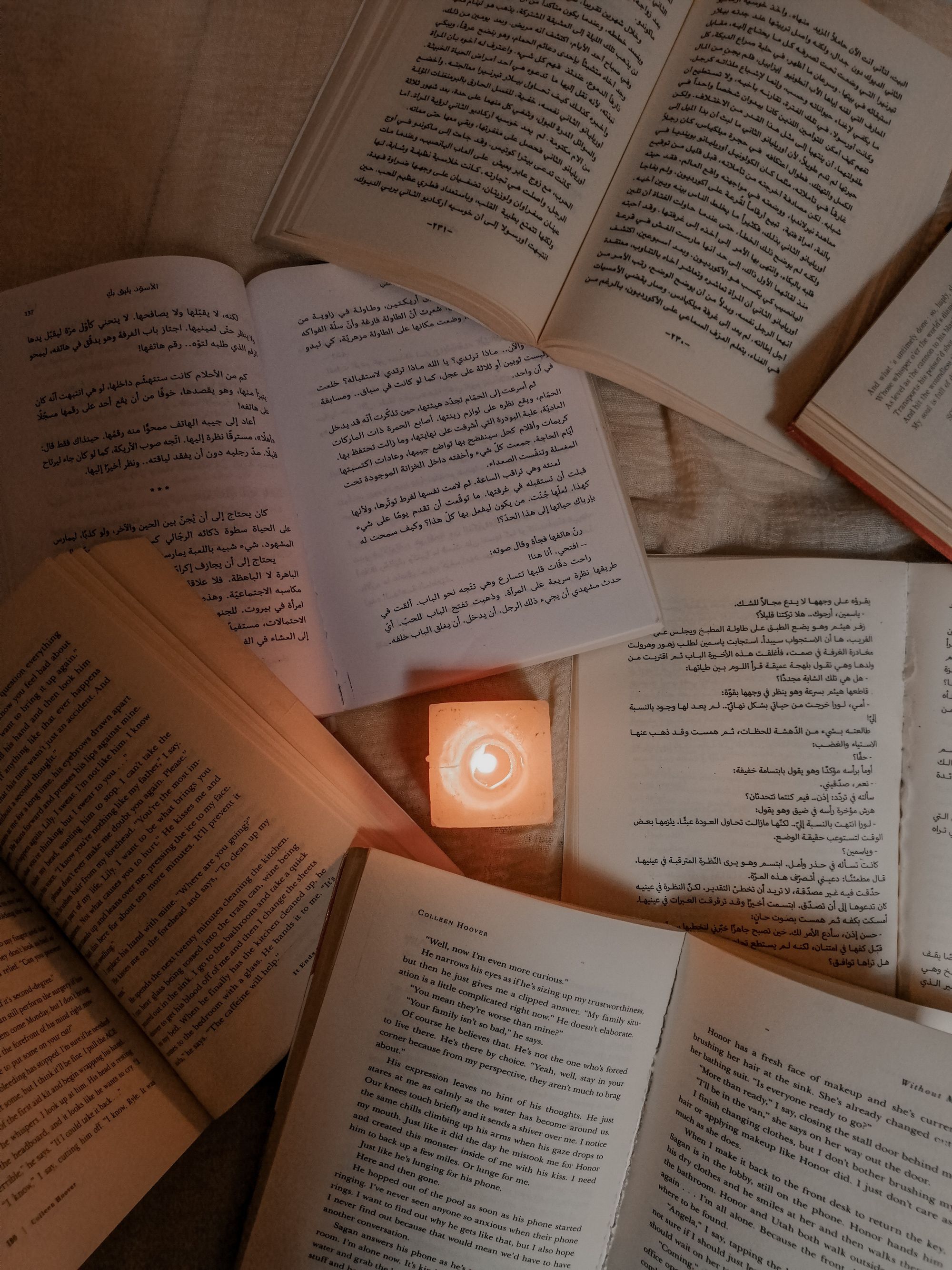
Q&A: My 1-Year Crash Course in the Publishing Industry
Writers tend to do this thing called “writing.” There are many forms and mediums of this craft and sometimes, we creative types find ourselves intrigued and willing to try our hand at a completely different format. Screenwriters try novel writing … Authors might want to try TV writing … Journalists may jump into short stories.
Point being, it is always a good idea for a writer to try and expand their skills by writing in another way. I believe that attempting a new format allows a writer to think more creatively by breaking the confines a particular craft may require.
Creating art is all about pushing boundaries and creators must push those same boundaries within themselves in order to be a conduit for that art.
I am a huge advocate for creators to become multifaceted and dabble in other art forms because it informs your medium of choice and only improves upon the quality of your work. Poetry can absolutely inform painting and screenwriting can absolutely inform your short story collection. If you are able to take the skills built by mastering two or three or more writing mediums, the effort will make you a stronger writer in your medium of choice.
Now, it must be emphasized that when a writer crosses over into a new medium, there is a common pitfall that is difficult to avoid—not taking the new craft seriously. It is an easy mistake to make, simply for the fact that when a writer leaps into a new medium, they are doing so under the mentality of “play,” and when things are supposed to be fun, it is not an automatic reaction to approach the craft with the same level of commitment and knowledge that you might possess in your original.
Oftentimes, we spend years honing a particular writing skill—hell, we even get degrees in that skill. And one day comes along when we decide to try something completely new, the same amount of care and years of learning are not usually applied to this second writing craft. Nothing compares to that first love, after all.
In any case, writers often make the mistake in thinking that writing is a universal skill; therefore, it should translate to any medium, right? Wrong. It takes real work to learn a new craft and to execute it well. No matter how skilled a writer you may be, you are starting at level zero when the crossover first begins.
In my case, I wanted to write a children’s book, and I knew nothing about children’s books or the publishing industry. So, I took a one-year crash course in all things publishing, and while my journey is particular to children’s literature, these same preparation steps can be applied to any writing medium.
Whatever new writing format you’re flirting with just make sure you stay until the end of the date:
Step #1: I read children’s books.
This may sound obvious, but I am always baffled by how many writers try their hand at screenwriting and never take the time to actually read a screenplay. I found the same to be true in other forms of writing when someone is crossing over.
Why don’t all writers perform this most basic form of research by reading the medium to which they are transferring over? Probably because we believe this new medium is “easier” than our original art form, so there’s no reason to break our backs over the technicalities.
This is always a wrong perspective to hold.
Yes, I will admit that when I embarked to write my first children’s book, I made the mistake of believing that it would be “easier” than writing a screenplay… However, I did NOT make the mistake of being unfamiliar with the medium to which I was jumping into. I did my due diligence and read a ton of children’s books. I became familiar with the different styles, lengths, and rhythms each genre of children’s books possessed, and finally I narrowed in on the form I believed would best suit the story I wanted to tell.
Despite all of this “craft training,” I discovered very quickly that writing a children’s book was very much like working a new muscle of my creative brain. The writing did not come naturally. It was difficult and twenty-eight pages had never felt so tenuous. This struggle is exactly what every writer should expect when diving into a new craft. So, do yourself a favor and take the time to prepare as best you can.
Step #2: I joined the SCBWI and volunteered.
When learning a new craft, it is essential to connect with writers who know more than you do about said craft. This is true of any kind of endeavor or goal outside your wheelhouse. You need mentors, a place to glean knowledge and a safe space to ask questions and fail. So, I joined the Society of Children’s Book Writers and Illustrators and immediately contacted my region’s coordinator to volunteer my services.
I personally believe that one learns best while on the job. So, when I had the opportunity to take a role with my region, I leaped at the chance—I knew that was the quickest way to learn the landscape. One year later, I am still in that volunteer role, and I’ve learned a lot along the way, but more than that, I am plugged into the children’s literature space and gained autonomy with publishing professionals familiar with SCBWI and what it has to offer.
Joining a group of likeminded writers also demonstrates your engagement to the new medium. While writing itself may be an isolated action, getting your work out there depends on your social interaction. So, if you truly want to be taken seriously, then put time into an organization or a group centered on the craft you are trying to learn.
Believe me, the membership will help you as much as it will help an industry professional see your level of commitment.
Step #3: I became a consumer of all things publishing.
Outside of simply understanding the craft, one must also consider the environment that particular craft operates within. So, while I took the time to read children’s books, I also had to devote equal time to learning about the publishing industry. I transformed into a sponge and consumed as much content as possible on all topics across the publishing realm. The Authors Guild, smaller YouTube channels, and the popular podcast “This Shit No One Tells You About Writing” became havens of knowledge, and I soaked up every bit of information I could manage on a weekly basis.
It is important to learn the etiquette of an environment and to learn how to navigate a new landscape before you start throwing your work out into the ether.
Why?
Because it will save you a lot of time and a lot of effort when you are armed with the knowledge needed to get your work to the right kind of people. So, start consuming content like a crazy person.
Step #4: I got notes on my first children’s book from real authors.
Finally, when I had pounded out an absolutely terrible first draft of my very first children’s book, I reached out to authors I had managed to befriend due to my deep dive into all things publishing. I was very lucky when two published and highly experienced authors willingly offered notes on my work in exchange for me offering feedback on their own screenplays. The result was a complete overhaul of my work, multiple lessons on rhythm and rhyme, and—multiple drafts later—a product I could confidently begin to send out to literary agents.
Yes, over the course of receiving notes, there were several times I simply felt I was not cut out for children’s writing. Believe me, I still feel like a novice, but I am submitting myself to the process of feedback and that is what makes any piece of work better.
It is difficult for any writer to allow their work to be sliced up, criticized and re-worked right in front of them. No matter how gentle, professional and encouraging the notes, it always feels as though my artwork is being disrespected. This is a difficult pill to swallow, but it is absolutely crucial to fully immersing oneself into the craft to which you are learning—allow a writer better than you to tell you what you are doing wrong.
Then fix it.
After these four steps, I am still on the journey of getting my first children’s book published, but I am more confident now than I have ever been in accomplishing what I set out to do—because I did the work.
*Feature photo by Lobna Mahmoud (Pexels)
